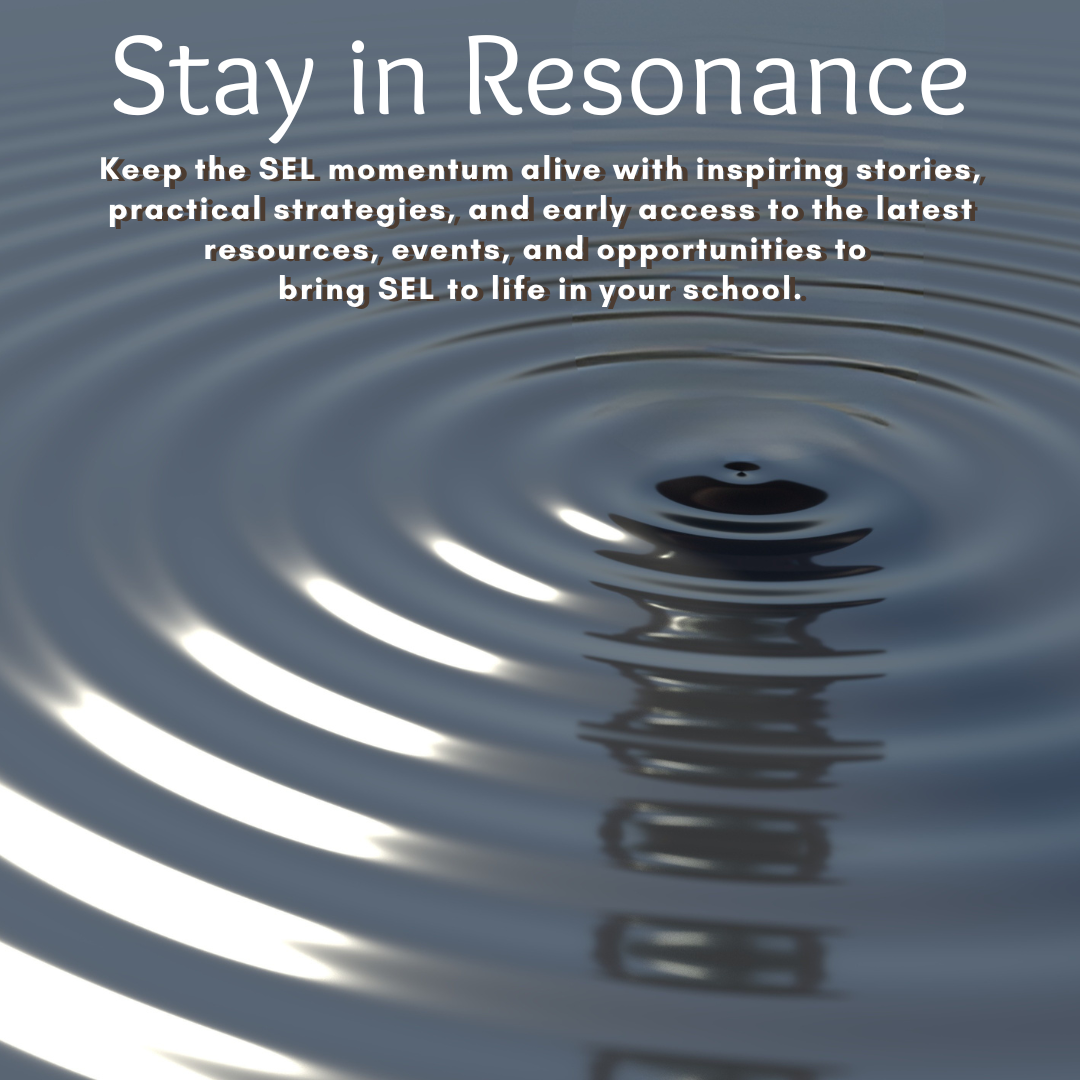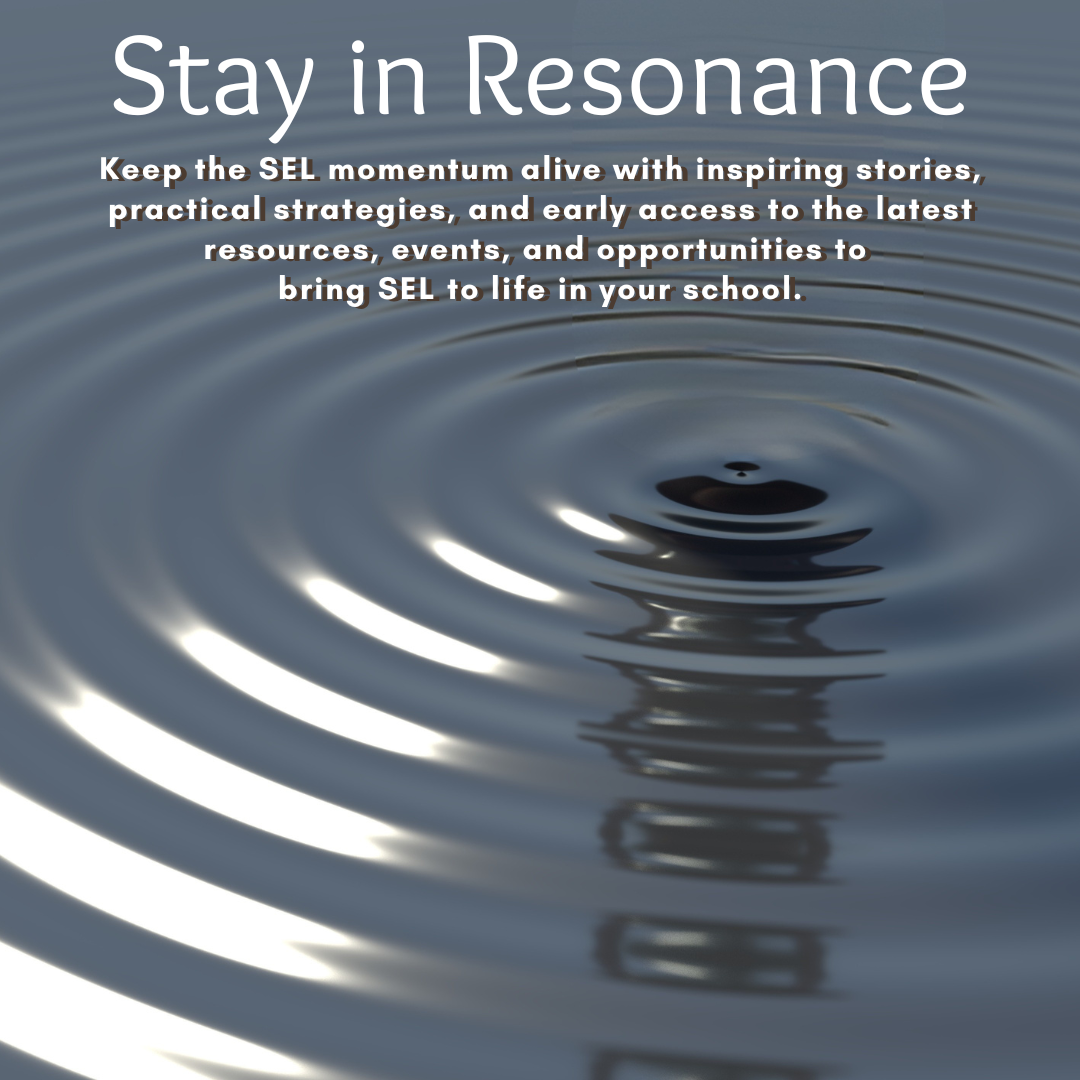049: Blog Series: Four Ways to Infuse SEL - Social Interactions
Jan 26, 2023
When working with educators on infusing SEL, many often tell me, “I already do this.” What they mean, more specifically, is that they infuse social emotional learning via their SOCIAL INTERACTIONS with students.
When asked if they explicitly tell their students which SEL skills they are modeling, only a small handful of teachers respond that they do. For example, when my oldest son was in 8th grade, he came home and told me that his math teacher “doesn’t teach.” I asked him to tell me more.
“All she does is put us into groups to do problems. Then she just walks around the room. She doesn’t teach.”
I considered this for a moment, then replied, “I know you and your friends. You all think you are right. Your teacher allows you to problem-solve independently, then communicate how you solved the problem with others. You have to listen to each other, accept differing points of view and approaches, then negotiate with one another. If you were stuck on a problem, she’d come over and help you, right?”
He nodded. I continued, “She is not only teaching you math, but you also worked on social awareness, relationship skills, and responsible decision-making.”
When examining social interactions, this isn’t just how staff and students interact and how students regard one another; it is also how staff treat one another. Our students are always watching and listening, learning social cues from observing us. How we say something (para verbal) and how we act are more important than what we say. I recently learned that Dr. Albert Mehrabian theory of communication states that only 7% of communication is internalized verbally, 38% is based on our tone of voice, and 55% is from our facial expressions and body language.
Our social interactions with students occur outside our written and taught curriculum. It happens as we greet students coming into the room, in the hallways, during extra-curricular activities, homeroom, morning meetings, and circle time. It often happens during what we refer to as “teachable moments.”
We can connect more deeply with our students via our social interactions, spending time learning about our students’ hopes, goals, strengths, and assets. After we learn about our students (social awareness skills for us, self-awareness skills for the students), we should integrate this knowledge into our instructional practices and curriculum to make the learning engaging and meaningful. Our goal should be to establish what the Search Institute calls Developmental Relationships.
We want social interactions to lead to bidirectional relationships where students feel empowered. We want a gradual release of responsibility where students make decisions independently and can monitor and regulate their emotions toward goals (self-management).
We want to model how to have respectful, kind, collaborative dialogue (relationship skills) that demonstrates curiosity and open-mindedness (responsible decision-making).
- How can you link your social interactions with students and colleagues more explicitly to the essential skills aligned with the five SEL competencies?
- How can students be invited into a co-created social environment conducive to learning?


